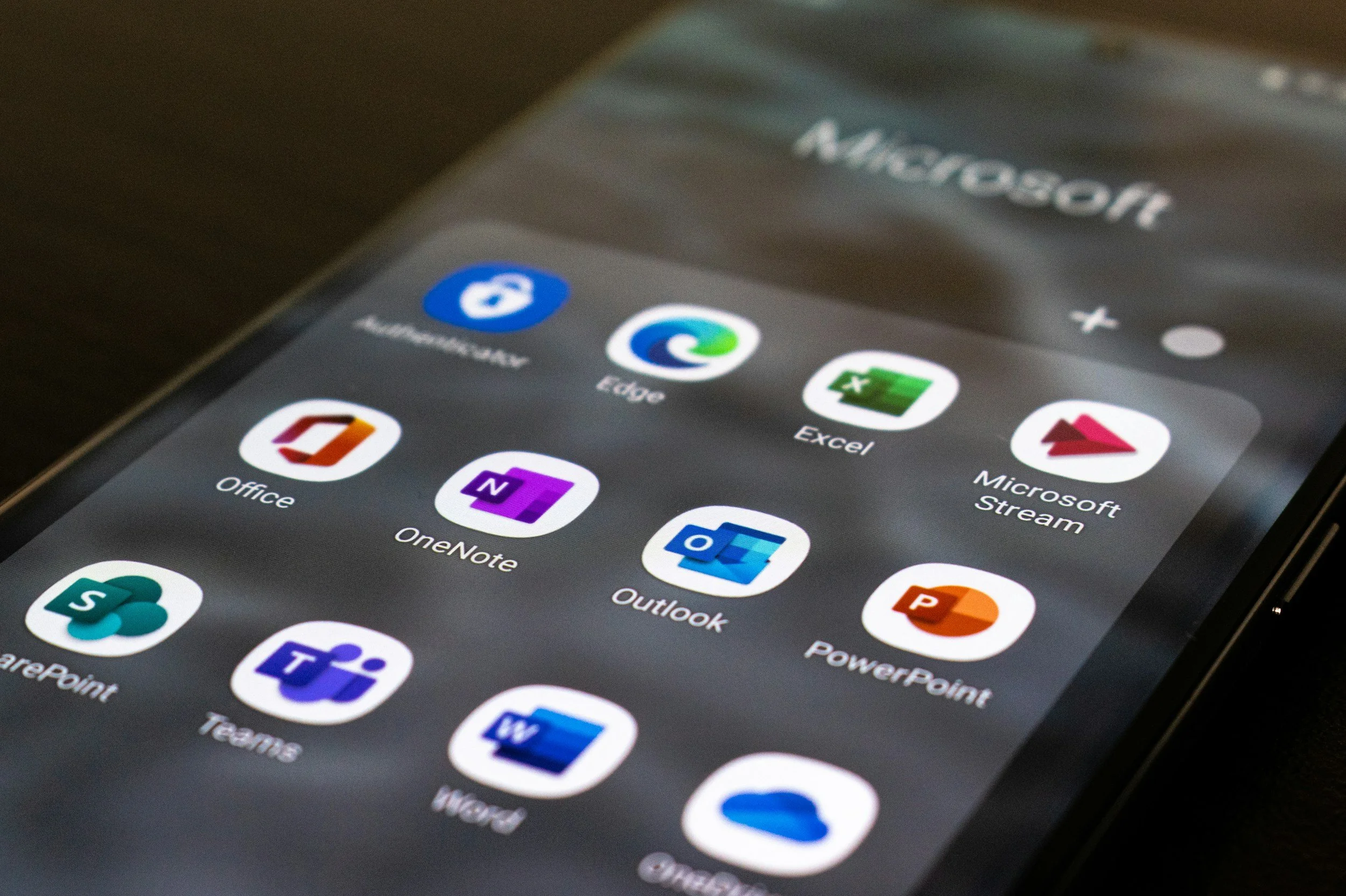Microsoft Lays Off 7,000 Employees to Advance US$80 Billion AI Investment Amid Industry Shift

Image Credit: Ed Hardie | Splash
Microsoft has confirmed it will lay off about 7,000 employees—roughly 3% of its global workforce—to accelerate its artificial intelligence strategy. Announced on May 13, 2025, the move aims to reallocate resources as the company commits a projected US$80 billion to AI infrastructure in fiscal year 2025, furthering CEO Satya Nadella’s goal to position Microsoft at the forefront of the AI industry.
[Read More: Microsoft's $80 Billion Investment in AI Data Centers for Fiscal 2025]
Layoff Scope and Details
The workforce reduction affects employees across all levels, teams, and regions, with a pronounced focus on trimming management layers to streamline decision-making. In Washington state, where Microsoft is headquartered, 1,985 positions will be cut, including both in-person and remote roles, largely within software engineering and product management. The layoffs, effective July 2025, span divisions such as LinkedIn, Xbox, and international offices, marking Microsoft’s largest reduction since it cut 10,000 jobs in 2023.
[Read More: LinkedIn Under Fire: Users Concerned Over Data Usage for AI Training]
Strategic Context: AI-Driven Restructuring
Unlike previous layoffs tied to financial performance, this round is driven by a broader reorganization to support Microsoft’s AI ambitions. The company is investing heavily in new data centers and advanced technologies, with AI already integrated into products like Microsoft 365, Azure, and Dynamics 365. Nadella recently noted that AI systems now contribute to 20–30% of coding for some projects. The company’s ongoing partnership with OpenAI, backed by more than US$10 billion in Microsoft funding, underscores this commitment.
Chief Financial Officer Amy Hood emphasized the intent to create a leaner, more agile structure by reducing management layers, allowing for faster innovation and more efficient resource deployment. This approach is in line with trends across the tech industry, where major players are adjusting headcounts and structures after the hiring surges of the pandemic era.
[Read More: Microsoft Introduces AI-Powered Support Chatbot for Xbox Insiders]
Financial Performance and Cost Management
The layoffs follow a strong January–March 2025 quarter for Microsoft, which reported US$70.07 billion in revenue—up 13% year-over-year—and a net income of US$25.8 billion. Azure’s 22% revenue growth highlights the success of Microsoft’s cloud and AI-focused offerings. However, significant AI investments require offsetting operational costs, prompting careful workforce management despite healthy earnings.
[Read More: Microsoft Surpasses Q3 Earnings Estimates as AI and Cloud Drive Strong Growth]
Broader Industry Implications
Microsoft’s actions reflect a sector-wide shift, with more than 50,000 tech jobs eliminated industry-wide in 2025 as firms like Amazon, Google, and Meta also restructure to prioritize AI and operational efficiency. Experts note that, while automation influences workforce needs, these layoffs are often more about organizational streamlining than direct AI replacement of human jobs.
[Read More: Agentic AI in 2025: The Rise of Autonomous AI Agents by OpenAI, Microsoft and Nvidia]
Employee Impact and Public Response
The cuts have sparked emotional responses from affected staff and managers, with public posts on LinkedIn and X drawing attention to the human toll of corporate restructuring. Notably, layoffs include high-profile figures such as Director of AI Gabriela de Queiroz and long-tenured engineers, intensifying concerns about job security—even in AI-related roles. These stories highlight the personal impact behind strategic business decisions and raise questions about morale and Microsoft’s long-term reputation as an employer.
[Read More: Telstra and Microsoft Forge Ahead: A New Era of AI and Connectivity in Australia]
Source: Forbes, Outlook Business, Axios, CNN, Reuters
We are your source for AI news and insights. Join us as we explore the future of AI and its impact on humanity, offering thoughtful analysis and fostering community dialogue.









